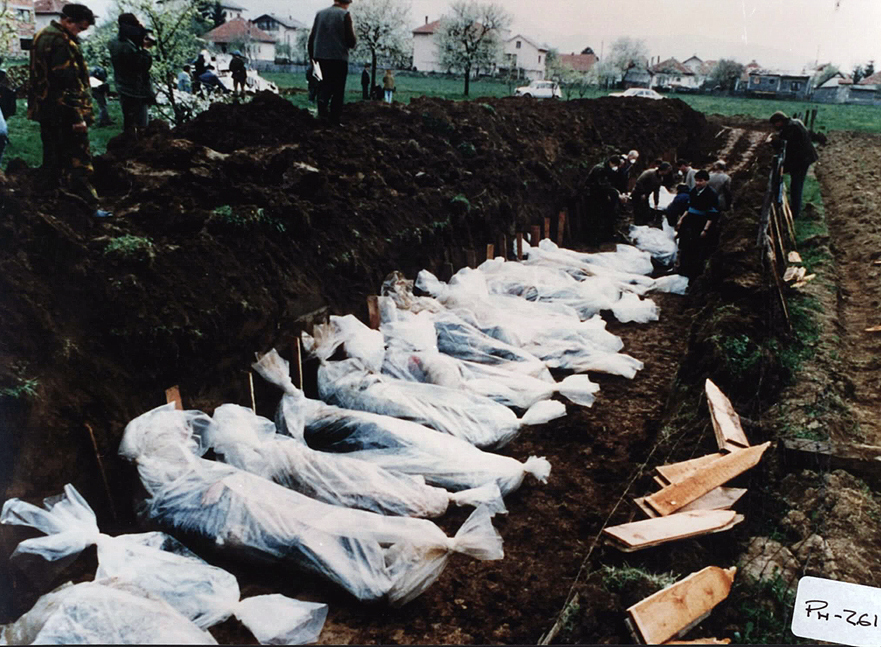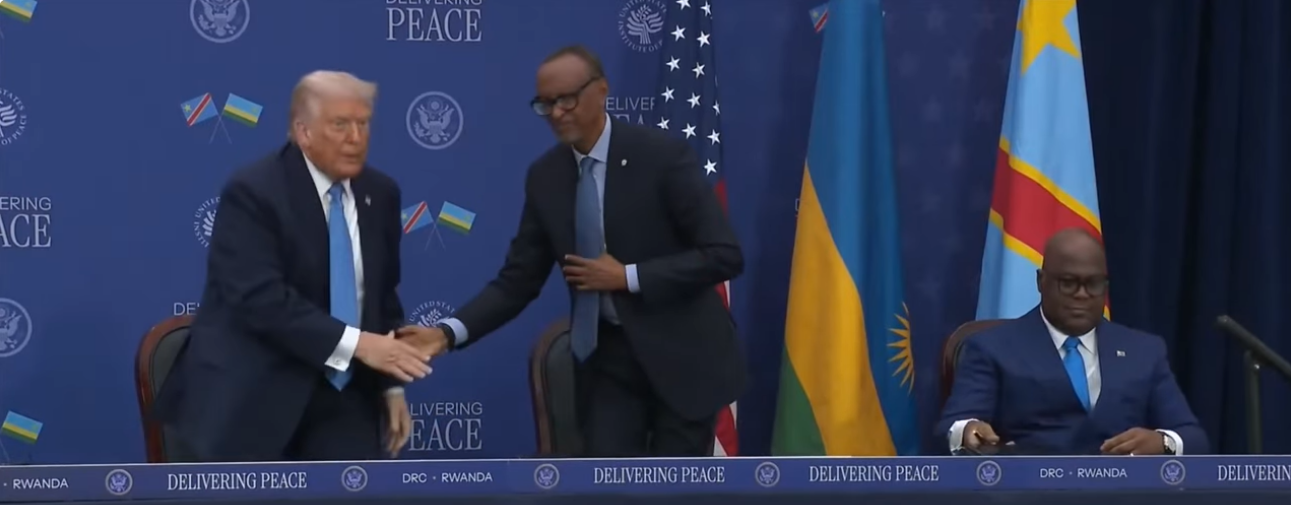Does meeting your organization’s financial goal define the success of your fundraising program? If you receive a windfall gift that takes you over the top, do you feel prepared to meet next year’s goal? How does meeting or exceeding an annual fundraising goal tie to sustainable fundraising success?
People ask us, “what do you look for in a successful fundraising program?” And then, they answer the question themselves! Some say, “If you don’t meet the goal, you’re not successful.” Others say “We can’t rely on a one-time homerun. There are things you have to do year-in and year-out no matter what.”
We believe sustainable fundraising requires more than luck and chance. Windfall gifts are great, but not enough. We recommend using volunteers, systems, and science to build sustained success.
Here are 18 indicators of a strong fundraising program. These are things to look for and build over a multi-year period of time. The list isn’t exhaustive, but these are a few things that stand out for us based on our years of work with nonprofits.
- There is a clear and shared understanding by all parties concerned regarding the mission, goals, and priorities of the fundraising program.
- Fundraising ties back to the organization’s strategic plan.
- A communications plan has been developed and is consistently implemented to communicate with and educate your constituency.
- Your constituency and stakeholders are aware of your organization’s work and appreciate the role you play.
- Your staff and volunteer leadership are consistently involved with low-turnover.
- You have a clear knowledge of who your donors and prospects are.
- Development staff are in-sync with the CEO, board, and volunteer leadership.
- The organization meets its fundraising goals each year.
- The organization has identified a pool of specific donors with the financial capacity to collectively give three times the fundraising goal. You know who you want to solicit for what amount.
- The program is led by volunteer leadership and supported by staff.
- There is a budget in place to adequately support the organization’s fundraising.
- Professional development opportunities are offered to help grow the skills of staff and volunteers, and to sustain their engagement.
- Your program is built on transparency and accountability.
- You have open lines of communication.
- Donors are valued: a well-defined stewardship program is in place.
- The organization values planning and campaign readiness, and makes these a priority.
- The organization operates from a position of offense instead of being defensive.
- Your fundraising goals are clear, concise, and compelling.
Which of the above are present in your organization? Which do you want to focus on developing? All of these take time, and time is one of the most precious resources. Review and discuss with your board and staff. See which ones your team wants to focus on. Yes, you need to meet your annual fundraising goal. But, you want to simultaneously build for tomorrow.






